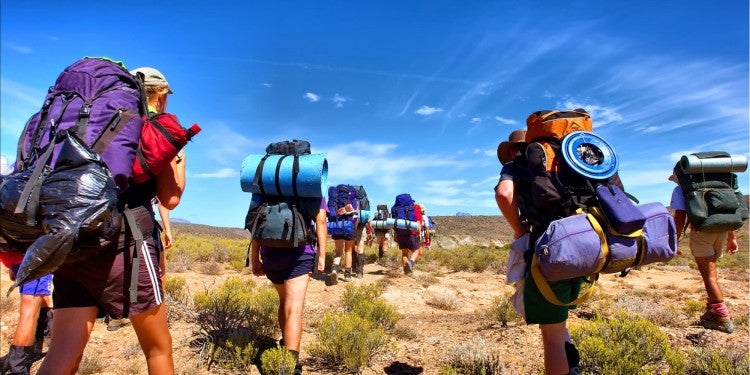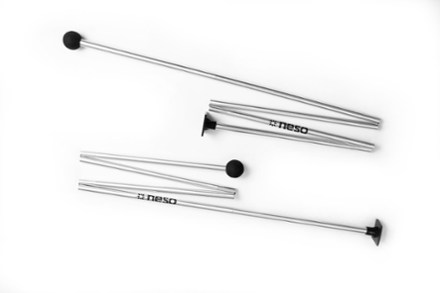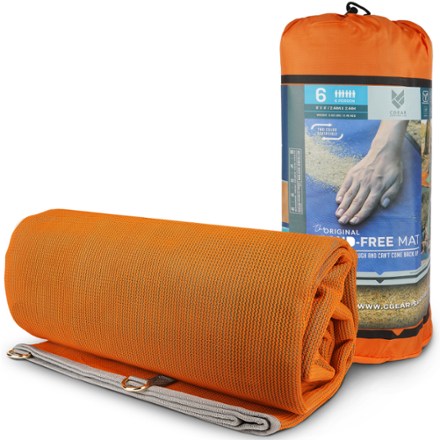What to Wear Backpacking
When going backpacking, whether for a weekend or an
extended trek like the Appalachian Trail, the key to dressing is layering. The
basic pieces of clothing remain the same, but adjustments are made depending on
the specific weather and conditions you expect to face.
Layers are essential: The ability to add or remove
layers as you regulate your body temperature is crucial. Outdoor experts often
emphasize that it's easier to stay warm than to get warm, so maintaining the
right layers is key. (For more on this, see our article on Layering Basics.)
Your clothing choices will be influenced by several
factors, often requiring some compromises:
- Functionality:
Look for fabrics that are moisture-wicking, quick-drying, sun-protective,
and antimicrobial to help prevent odors. In areas with pests like ticks
and mosquitoes, choosing clothing that provides insect protection is
important. Other features to consider include pockets, zippers, hoods, and
vents, which can all impact how your clothing performs in different
situations.
- Weight
vs. Comfort: There's often a trade-off
between weight and comfort. Some backpackers may choose to sacrifice
additional features to lighten their load, while others may prioritize
comfort, even if it means carrying slightly more weight.

Fabric Basics
Here's an overview of the common fabrics used for key
layering pieces:
Wool: Once known for being itchy,
wool—especially ultra-fine merino wool—is now a popular choice. It is naturally
breathable, moisture-wicking, fast-drying, and resistant to odors. Wool is
ideal for socks, hats, tees, and base layers. However, it can be expensive, and
some people with sensitive skin may avoid it due to irritation.
Polyester/Nylon: These synthetic fabrics are
quick-drying, durable, and commonly used for pants and shirts. While they
perform well in outdoor conditions, some find synthetics feel clammy or may
develop odor more quickly than natural fabrics.
Silk: Silk is a lightweight, moisture-wicking
option but moves moisture off the skin more slowly than synthetics, making it
better for moderate cool-weather activities. "Treated" silk has been
modified to improve its wicking ability. It offers a soft, luxurious feel but
can be prone to odor and is vulnerable to abrasion and sunlight.
Cotton: Often advised against by experienced
hikers, cotton does not wick moisture well, takes a long time to dry, and is a
poor insulator when wet. It's fine for lounging, but for active pursuits,
especially as base layers or socks, it's better to opt for wool or synthetic
fabrics.
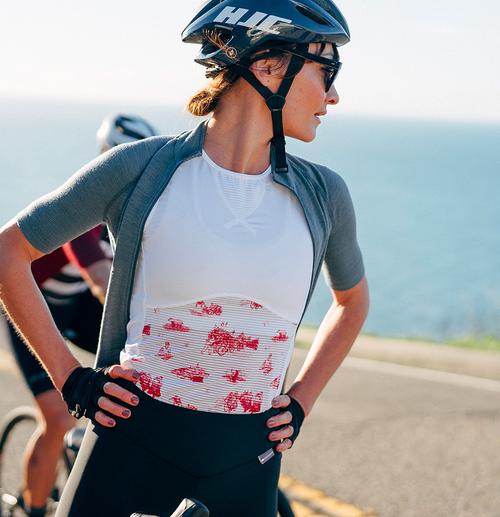
Base Layers
Base layers play a crucial role in managing moisture
and maintaining warmth by keeping a layer of air close to your body. Choose
wicking fabrics like polyester or ultra-fine merino wool to keep your skin dry,
helping you stay warm and comfortable. Wool often feels cozier than synthetic
fabrics, which is especially nice in colder temperatures.
Underwear: For backpacking, underwear preferences
vary widely. Some prefer boxer length or boy-short cuts, while others prefer
nylon-spandex mesh undies, and some backpackers forgo underwear altogether. If
you wear them, ensure they are breathable and not tight, avoiding cotton
because it absorbs moisture and takes a long time to dry. This can cause discomfort,
chafing, and even yeast infections. A good rule is to bring two to three pairs
and rinse them as needed.
Bras: Choose a pullover sports bra with no
clasps to avoid discomfort under your pack straps. Avoid metal or plastic parts
that may dig into your skin. You might also want to pack an extra bra or a
lightweight camisole for when your bra is drying.
Tank Top/Camisole: This versatile piece serves
multiple purposes: it provides core warmth, acts as a lighter alternative to a
T-shirt, and doubles as a sleep top on warm nights. They can be made from silk,
fine wool, or synthetic fabrics.
Base Layer Top and Bottoms: Also known as long
underwear, these are essential for cool- or cold-weather backpacking. Available
in different weights, you can choose between crew necks or zip-necks, with the
latter offering easy venting options. Bottoms are multifunctional: you can wear
them while hiking under rain pants on chilly or windy days, use them to stay
comfortable in camp, and save a clean pair for sleeping.
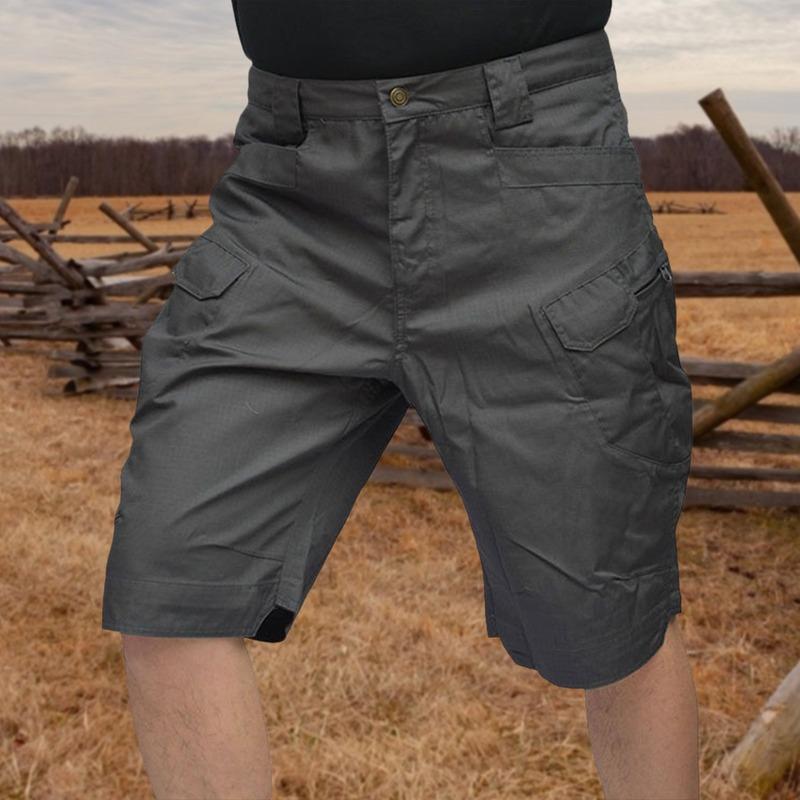 Shirts,
Pants, and Shorts
Shirts,
Pants, and Shorts
Packing the right shirts and pants for backpacking
ensures you’ll stay comfortable, functional, and protected in various weather
conditions. Here’s how to plan:
T-Shirts
- Opt
for wool or synthetic fabrics that wick moisture effectively.
- Bring
two T-shirts: one for hiking and another to keep clean for sleeping.
Long-Sleeve Shirt
Choose fabrics based on your environment:
- For
sunny areas like the Southwest, a UPF 50+ shirt with an extendable collar
offers excellent sun protection.
- For
bug-heavy regions like Northeastern forests, look for a shirt with insect
repellent treatment to guard against ticks, mosquitoes, and flies.
Convertible Pants
Convertible pants work well for creek crossings and
hot weather.
- Zip-off
styles offer versatility but can be tricky to reattach, and zippers might
cause discomfort.
- Roll-up
pants are easier to adjust and often come with button tabs.
- Cinched
pants provide a customizable fit for different weather and activities.
Yoga Pants/Tights
- Comfortable
for camp lounging and light hiking.
- Be
cautious if your route involves scrambling or dense brush, as yoga pants
are less durable than nylon hiking pants and offer limited protection
against mosquitoes.
Hiking Skirt, Dress, or Skort
- Many
hiking skirts and dresses are stretchy, and skorts include a built-in
liner.
- For
colder weather, pair an insulated hiking skirt with yoga tights for added
warmth.
Ultralight Shorts
- Ideal
for hot weather, running shorts with a built-in brief are versatile.
- Use
them for hiking, swimming, or as a backup while washing and drying your
pants.

Mid Layers
Mid layers are essential for providing warmth. It’s
recommended to pack two layers, typically a fleece top and an insulated puffy
jacket, but adjust for the conditions of your trip.
Fleece Top
- Versatility:
Wear it while hiking, sleeping, or as a pillow.
- Features:
A lightweight fleece with a quarter zip (and no pockets to save weight) is
a solid choice.
- Utility:
Great for layering over a base layer on chilly days or as an extra layer in
camp.
Puffy Insulated Jacket or Vest
- Options:
- A
substantial down jacket for colder conditions or snow.
- A
lighter synthetic or down jacket for milder temperatures.
- A
down vest for minimal weight and moderate insulation.
- Compressibility: Look for styles that pack down
compactly.
Soft Shell Jacket
- Benefits:
Water-resistant, wind-blocking, and lightly insulated.
- Limitations:
Not waterproof or as compressible as other layers. You’ll still need a
rain jacket for storms.
Rain Jackets and Pants
Rain gear is essential to stay dry and protect against
hypothermia.
Key Features:
- Waterproof
and breathable materials ensure comfort
while hiking.
- Jackets
should include:
- Pack-compatible
pockets.
- Adjustable
hood for visibility.
- Pants
should have:
- Full-length
side zippers for easy removal over boots.
- Elastic
or adjustable waistbands for comfort.
Tip: On dry but windy
days, rainwear can double as windbreakers or mosquito-proof layers.
Accessories
Socks
- Use
a wool/synthetic blend for cushioning and moisture
management.
- For
boots: Layer thin liner socks under heavier socks.
- For
trail runners: Lightweight socks are preferable.
Sock Care Tip: Air out your feet and socks during breaks and change into clean socks for sleeping.
Hats
- Sun
Hat: Wide-brimmed or with a sun cape for
hot climates.
- Warm
Hat: Wool or synthetic, doubles as a
sleeping hat.
Gloves
- For
warmth: Lightly insulated gloves with
moisture resistance.
- For
sun protection: UPF-rated gloves, full- or
half-fingered, for UV-heavy areas.
Other Accessories
- Bandana
or neck gaiter: Use for sun protection, sweat
management, or warmth.
Sleepwear
Reserve a clean set of clothes
exclusively for sleeping:
- Lightweight
tee and bottoms.
- Clean
socks stored inside your sleeping bag to keep them fresh.
Tip: Store sleepwear
separately from dirty hiking clothes to avoid odors.
How to Clean Clothes While Backpacking
- Rinsing:
Dunk clothes in a river or scrub on stones to remove grime.
- Washing:
Use a portable sink or pot, carry water 100 yards away from the source,
and wash with biodegradable soap.
- Drying:
- Roll
wet items in a camp towel to remove excess water.
- Use
sunlight or body heat (inside your sleeping bag) to finish drying damp
clothes.
With these strategies, you can maintain
comfort and cleanliness throughout your trip.

